#vpoc yells
Text
The saddest part of the passing of time is that people think Techno "hates orphans" because of his DSMP origin joke about orphans killing his parents.
The "second worst thing to happen to these orphans" is a joke about how he memorized the entire map of the hypixel Grinch Simulator minigame and stole all the presents. Respect your roots.
3K notes
·
View notes
Text
ART GROWTH ART GROWTH ART GROWTH
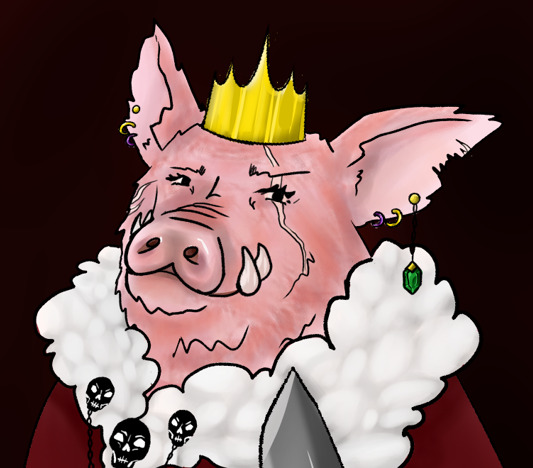

2021 to 2024 (second piece here)
#:D#love visible progress#and i probably spent equal time on these too#vpoc yells#vpoc draws#technoblade
57 notes
·
View notes
Text
A closer look at panel 3 of my gift for the mcytblrholidayexchange!

This is my favorite of the three panels!! Love getting to mess around with outfits for the emperors and I'd actually never drawn AE!Philza before this!!


Long haired techno and short haired philza as an illustration of their opposing strategies in AE my beloved.... + long haired philza and short haired Techno in DSMP to show how their experiences since changed them...


Some fun details!! Techno has the blood god symbol on his cloak clasp and the symbol I use to represent sounder (Hooves around a heart) as his cravat clasp. He also has an earring where I draw the tear in his ear in my dsmp design. His crown is the AE symbol with two upside-down hearts. The upside-down hearts are used in techno's design to represent pig snouts while still tying him to the hardcore hearts used in Philza's design! (Also I forgot to mention Techno's ace ring in the last one so shoutout to that). Techno and Phil have the same layers to their ae design, except Techno's corset continues into sashes and starts behind the belt and Phil's doesn't so it's tucked in front of the first layer of his belt. Philza has boots with a heart and wing design that mirrors the AE symbol and wing design on his crown. Also! I sometimes model the AE sun more off of the Macedonian star than the flag, although I didn't in this piece.
53 notes
·
View notes
Text
Holding them Saturday
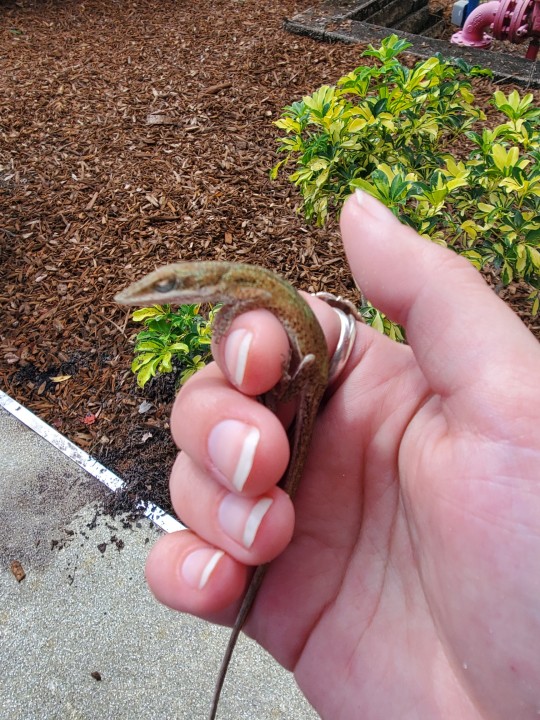






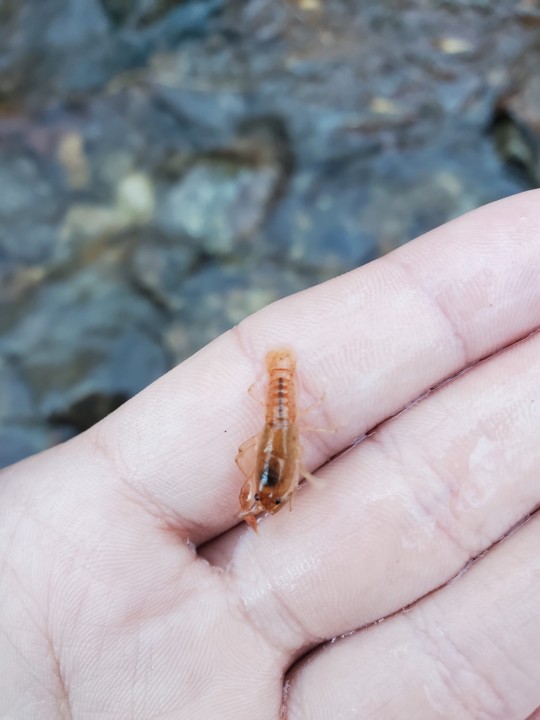
#vpoc yells#vpoc pics#insects#bugs#toad#crayfish#beetles#wasps#lizards#trying to hit any possibly blocked tags!
39 notes
·
View notes
Text
I want to do so many things just because it's so fun when people have cool hobbies and weird/unexpected jobs/lives and I think it's fun
I want to be in cosplay and tell someone my real life job. I want to write a weirdly accurate scene in a fic. I want to show up at work and say I swordfight in my spare time. Or learn that a friend crochets. I want to keep spooking my advisors by giving cosplayers stickers of the characters they're cosplaying. I want to learn that my neighbor cooks and that my classmate makes jewelry or that the person in the office next to mine knows way to much about jellyfish. I want to give everyone I've ever met cookies just because.
There's so much joy in learning more about the diversity of things a person loves and I want to be learning and doing constantly
27 notes
·
View notes
Text
Okay, so Technoblade, right? I really love all the blood god/god of war/god of justice/god of covenant concepts, but Trade is always the one that stuck out to me. A while ago I said this:

So I'm gonna elaborate now. Long long post warning!
Trade with villagers: I think what started this idea for me was the amount of time he spends in villages and also my mental association of Techno and piglins. When he was setting up his trade system in dsmp he didn't set up farmer villagers even though he almost exclusively ate golden carrots. And he didn't set that up because there was a village nearby that already had farmers. It was one of the few cases I saw of a minecrafter treating villages like established communities, where you go because of their skill in a trade and respect the villagers for their established community, and then find sources for other materials on your own. A bit of a tangent, but Techno has more respect for mobs than most players, to the point where it's noticeable in his playstyle, and occasionally at disadvantage to him. Anyways, Technoblade trades in and out of his established trading hall, foregoing more efficient trades for the value of an established community. But still, the interactions are transactional. He goes to the village, trades, leaves. Heals zombie villagers, gets better deals from it, trades, leaves.
Why not a god of death or war?: you see, I don't think that saying Techno is a god of trade is saying that he isn't a god of blood or death or war. I think it just broadens what topics he covers and explains some of his behavior in a different context. If you think about it, what is death other than an exchange from life to death caused by an action? In many cases in the dsmp, Techno's violence is the result of a threat. His life and survival came at the cost of those that were threatening it. This is complicated by his principles on the dsmp but much more obvious on smp!earth, where the policy of the Antarctic Empire was very much "an eye for an eye". But even in the umpteenth war with Tommy in smp!earth he still prioritized negotiation and fair terms. The analogy falls apart a bit when considering the hypixel games, until you consider that life in that server literally converts to coins that can be used in trades.
Hospitality: this is another one I really want to discuss. Technoblade explicitly states on the dsmp (i think around when tommy shows up in his house) that he follows the principle of Xenia. Xenia is a Greek principle of hospitality or "guest friendship" focused on providing protection and generosity to guests by moral obligation as the host. Importantly, xenia is rooted in the importance of reciprocity, and Techno greatly values reciprocity. This is part of what made Tommy siding with Tubbo again such a betrayal to Technoblade. Techno at that point was providing hospitality and protection under a moral obligation, with an expectation of equal understanding that just wasn't there. This concept is also reflected when he says "Those that have treated me with kindness, I will repay that kindness tenfold. And those that treat me with injustice? That use me?! That hunt me down, that hurt my friends? I will repay that injustice a thousand time over" There is the expectation of repaid kindness and exchanged favors that treats interactions like trades. But in this case, the trades between justice and injustice are not equal to the trades of kindness.
This is because Technoblade also trades in trust (hello god of the covenant enjoyers. Love y'all). And when injustice is dealt, not only are the expectations of hospitality and returned favors broken, but so is the trust placed in that person. And trust is a very valuable thing to trade away.
I don't think Technoblade views everything as a transaction. However, I do think that the treatment of his character in the DSMP heavily favors this perspective and that aspects of a transactional view were adopted by his character as a defense mechanism to survive in that world. This brings me to my next topic
Technoblade as "The Blade": This is seen in several other series' where Techno is treated as a weapon or a sort of bargaining piece more than a person. This is most evident in the DSMP, since most other situations involve Technoblade as part of a team. The other examples that come to mind are Techno being added to the ultimate uhc charity event in replacement of two people, Techno being targeted in mcm and other events with no intervention to stop cross teaming by his opponents, and Wilbur offering to let the rest of the Antarctic Empire off free if Techno took all of the blame for taking over the world.
Now to the DSMP. Techno trades his own life as the blade, as a sell sword. He joins Pogtopia even though he wouldn't have been invited to Pogtopia and his reputation precedes him. He trades skill and time for what he thinks is support for goals similar to his own. But even when he is gathering supplies ans farming he gains the nickname "the blade." He is seen as a weapon, summoned for battle, and otherwise treated more like a sell sword than as someone who joined the resistance for his own reasons. Later, he is called an animal and a pig by the butcher army and leaves his retirement in order to survive. Once again he trades peace for war largely due to the perception of others that he is a tool of violence. His reputation on the server preceded his personhood to many. This is especially important after the revengers' stream, when it is revealed that Technoblade only had one life the entire time he was on the server. And at this point Technoblade also reveals that he now thinks that his life is worth it to stand by his values. Technoblade, always treated as a weapon and a means to an end, views his own life as a reasonable cost for his values.
And Technoblade values life and trust almost as much as he values freedom from oppression, but he always prioritizes his values.
In the DSMP Technoblade gives Ranboo a place to stay after doomsday. He trades his safety in his isolation to help another person. He trades favors with Dream but does not trade his obligation to Tommy as a guest for that favor. Philza talks about life over objects, Technoblade values life and freedom over disagreement, since one of his main values is the ability to choose and live freely.
Technoblade trades himself. Trades his trust. Trades his time. Over and over and over again, just to get closer to the world he's trying to reach. He trades isolation for trust gradually. He trades good treaties for his empire for mutually beneficial ones. He trades time and effort for growth. He trades hospitality and protection at the cost of his own safety for the lives of others. He trades, and he trades, and he trades, and the others around him are constantly affected by it, as is he.
#vpoc yells#technoblade#c!technoblade#found this in my drafts and decided it was time to finish it.#mcyt#character analysis#long post#not gonna lie the way he trades with villagers and the potato war are the main inspiration for this. but i stand by the rest too.#techno as trade my beloved#vpoc writes
669 notes
·
View notes
Text
A closer look at panel 1 of my gift for the mcytblrholidayexchange!
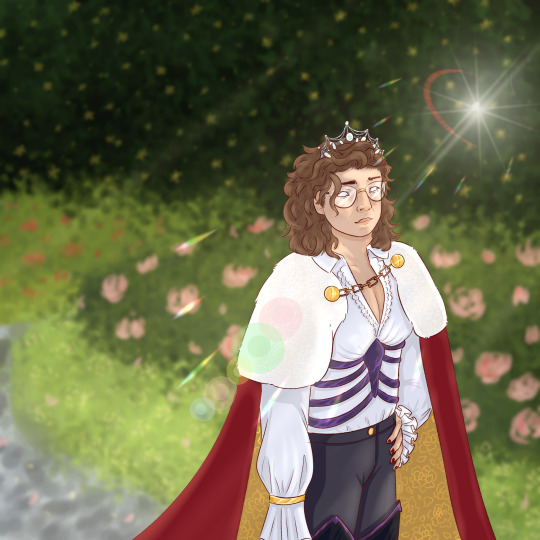



Had to include the signature sunglasses in the memes of course! My giftee also requested some reference to the Herobrine origins and the wither cult, so I left Eret with her actual glasses in the piece so that you could see his white eyes! For the wither references I added a netherite rib-cage corset and rose detailing on the underside of the cloak! I feel like wither roses are under-utilized. I also added some rainbow lens flare just for fun! My first time adding a lens flare and my first time drawing Eret!
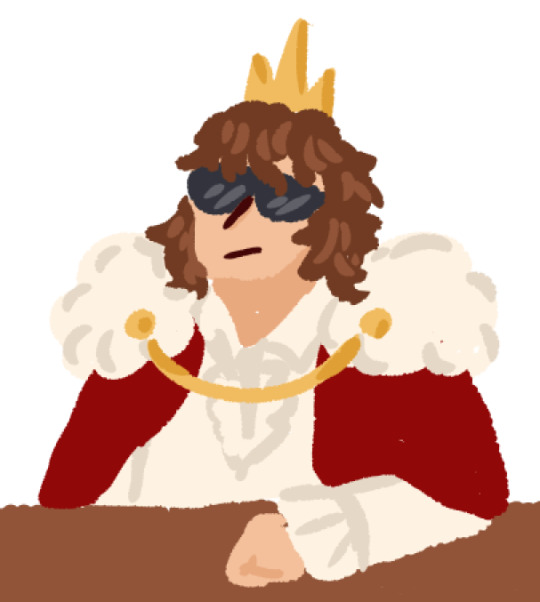

#I love designing characters so this was a lot of fun!#I'd probably add more details if I ever draw them again but for the exchange I based it off of her own cosplay of the character so I could#make sure to capture them as accurately as I could before I branch into a more unusual design!#vpoc yells#vpoc draws#art#mcyt#the Eret#eret fanart#dsmp#C!eret
34 notes
·
View notes
Text
Everyone need to understand that Techno's character is just a little guy, but also a cranky old man. He's an emporer, and an anarchist, and just some guy that's trying to retire. He's a warrior and he always seeks peace. He's a farmer, and a trader, and a hunter, and an omen. He's the blade, and the blood god, and the best potato farmer you'll ever meet. He'll kill if he has to, and he'll hoard supplies and prepare for the worst, but he'll give his whole stash of golden apples to a fox so that it stops trying to eat blocks. He's quiet, and he's alone, and he's scared of the danger of attachment, but he'll scream at the top of his lungs if a zombie even looks at phil. He's quick to trust, and hurts so deeply, but he'll ally with an enemy for the greater good. He's unforgiving, and dramatic, and he'll help someone in a heartbeat, no matter the cost.
#okay i started this trying to be funny but then just rambled on instead#he is my blorbo and my skrunkly and you guys better be nice to him#mcyt#technoblade#vpoc yells#i wrote so much to say nothing at all#vpoc writes
482 notes
·
View notes
Text
Let's Talk Pyrite Disease
Okay. Pyrite is amazing. Pyrite, or fool’s gold, has a simple formula (FeS2), forms beautiful cubes, and has all sorts of cool features. I'll talk later about how iron minerals can move and change and how they're related to theories about cells, but first, let's talk about Pyrite disease.

Image ID: Several pyritized ammonite shells in various stages of decay. They all have a light-grey color and a velvety appearance. There are a few in the center that are severely decayed and appear to be just a pile of dark grey and yellow dust, with a similar appearance to mold. One ammonite in the top-center is a more gold-brown color and has cube-shaped pyrite crystals on it. End ID.
[Image by https://twitter.com/MSidKelly/status/667548523475288064]
TLDR: Pyrite disease is a form of rust that impacts pyrite. It produces iron oxides, sulfuric acid, and sulfur dioxide, damaging mineral specimens, fossils, and storage materials. It causes expansion and acid damage that cracks and erodes specimens.
oh and @simple-potato-farmer, @team-clockers, @edthefatmagicturtle, y’all expressed interest in this so here you go! warning: it’s 10 pages long
How Can Fossil Come in Contact with Pyrite?
Pyrite is the most abundant sulfide mineral. Pyrite is found in quartz veins, coal mines, sedimentary rock, metamorphic rock, and in fossils as a replacement mineral. Pyrite forms in anoxic environments, which makes it a good environmental indicator. It also means that pyrite is found in association with many deep ocean fossils.
Fossils can be replaced by pyrite. This happens in a process called pyritization, a form of replacement diagenesis where the original material of the organism (in some cases, even soft parts) is replaced by pyrite. For instance, due to the anoxic and high-sulfide concentration in the deep ocean, calcite shells may be replaced by iron pyrite. This is aided by the presence of sulfur-reducing bacteria that facilitate the creation of iron sulfides, and therefore facilitate the precipitation of pyrite during decay(1) as sulfides are produced by the decaying organism(2). In a unique case, high microbial activity led to documentation of pyrite formation on the shells of living mollusks(3). This process leads to beautiful pyritized fossils that look like metal casts but actually are the fossil completely replaced by pyrite.

Image ID: An ammonite cut in half to show pyritization. The entire ammonite appears metallic gold, and the internal cavities contain fine drusy pyrite crystals. End ID.
[Image by: Replacement/Recrystallization (petrifiedwoodmuseum.org)]
Not all fossils end up beautifully pyritized, and not all pyritized fossils stay that way. Pyrite disease, also called pyrite oxidation, pyrite rot, or pyrite decay, is a form of rust. Millions of years of history, only to be destroyed by poor archiving, humidity, and pyrite decay.
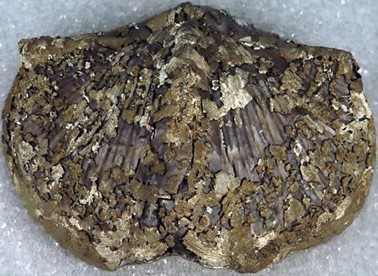
Image ID: A brachiopod specimen with pyrite replacement and a patchy outer coating of pyrite. Unlike the ammonite, the pyrite has grown over the shell of this brachiopod in addition to replacing the original structure. End ID.
[Image by: jsjgeology.net/Replacement.htm]
What does Pyrite Disease Do?
Since pyrite is formed in anoxic conditions, most pyritized specimens remain stable for a long time. The reason we observe so much pyrite decay in museum settings and other fossil collections is because the specimens have been removed from the rock and sediment that were limiting their exposure to oxygen. Pyrite decay can occur with or without water, but when pyrite oxidizes in humid air, it reacts with both oxygen and water. This creates not only iron oxide ‘rust’, but also iron sulfate, sulfuric acid, and sulfur dioxide gas4 (corrosive and toxic materials)(1). This chemical reaction eventually destroys the specimen through a combination of factors. The sulfuric acid is corrosive and damages the specimen. Oxidized pyrite is unstable and may crumble over time. There is also another damaging factor: the risks of pyrite replacement and iron sulfate production.
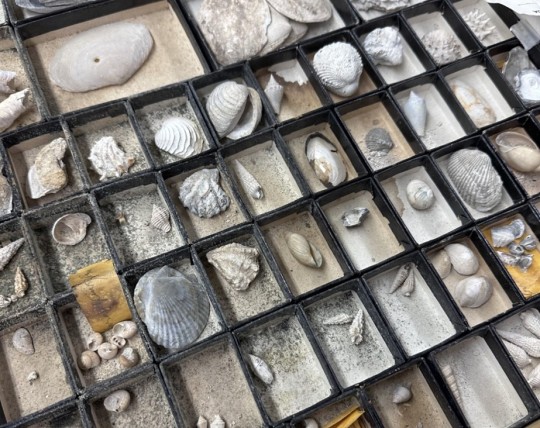
Image ID: A tray of mollusk fossils, each with separate boxes, with evidence of pyrite decay. There is dark grey dust in the bottom of most boxes, and a line of what appears to be water damage across the boxes. The apparent water damage is the result of the sulfuric acid produced. It has also discolored fossils and their labels. End ID. [Image by me]
Pyrite disease is a progressive process that affects fossils over time. Many pyritized specimens may last for years in perfect condition, while many others progressively decay from undetected pyrite disease. The reason that pyrite replacement is notorious for decay has to do with the crystal structure of pyrite. The famous cuboid structure of pyrite crystals is the most stable form of pyrite(4) since the compact form does not easily absorb moisture. Pyrite may occur in a compact, crystalline, stable form or a porous microcrystalline form that is unstable. Certain formations produce more stable pyrite with fewer impurities, but certain fossils are also more susceptible to unstable forms of pyrite. Marcasite is a less common dimorph of pyrite that is more unstable(5). Ammonites, especially those from the Charmoth clays, are notorious for pyrite decay while South American specimens and Yorkshire coast fossils are much more stable(2). The iron sulfate that is produced by the oxidation process is considered an efflorescent mineral(5), a term that means “flowering.” This is because this material has a higher molar volume (the ratio of the volume occupied by a certain amount of a substance) than iron pyrite and wedges the specimen apart as it expands past the constraints of the original crystal structure(5).
Unfortunately, the creation of efflorescent minerals, including other hydrous sulfate minerals, creates a feedback loop. These materials produce acids and provide water that causes the pyrite to further decay, producing more Fe3+ and more efflorescent materials, which feed the cycle of oxidation(5).

Image ID: Two images of the same pyrite disk, taken two years apart. In the left image, the disk has a few cracks and white discoloration in the center, with a yellow outline around the discoloration from sulfur. In the right image, the disk is shown two years later, cracked into four large pieces. The discoloration now extends almost to the edges of the disk, with a much larger yellow margin. End ID.
[Image by Ed Clopton, General: Need 'Pyrite Disease' Photos (mindat.org)]
(For an interesting, related topic – pyrite decay is a risk in coal mining for a multitude of reasons, including the increase of pulmonary and respiratory disease after pyrite inhalation, the risk of silicosis, and the risk of spontaneous combustion caused by the exothermic reaction involved in the decay of high-sulfide deposits.)
What Does Pyrite Disease Look Like?
Pyrite disease may appear grey, greenish, black, red-orange, white, or sulfur yellow. A redder color indicates rust from other iron minerals other than pyrite. Since pyrite contains sulfur and pyrite oxidation produces sulfuric acid, it may have the rotten-egg smell often associated with sulfur. A metallic-iron smell may also be present. Inhaling the result of pyrite decay can be hazardous (in my experience, it caused migraines even when I double-masked before entering the room due to the severity of the condition of our collections. In most cases it is much less of a concern). If pyrite disease is found, wear gloves and masks and try to disturb the dust as little as possible. Remember that pyrite disease is worse in humid conditions, and these same conditions may encourage the growth of mold. The early stages of pyrite disease may appear as spots of discoloration on a fossil, a slightly duller appearance, additional crystallization, or cracking. Often, the first noticeable sign that is clearly identifiable is dust in the bottom of the box the specimen is in. In these early stages, the severity of the pyrite decay may not be detected until the specimen is moved or handled, and subsequently begins to crumble or leaves dust and a metallic smell on your hands. Later stages appear like mold and may have a fuzzy, cloud-like appearance. If you handle a specimen with pyrite disease, take care to wash your hands and dry them well before handling any other specimens, and check the container or the contaminated specimens and those that surround it so that they can be replaced if needed. In the worst stages of pyrite decay, what is left is not a fossil that may crumble if handled, but a pile of dust. Pyrite disease can affect vertebrate fossils, invertebrate fossils, botanical specimens, mineral specimens with pyrite, and the containers and shelving used.
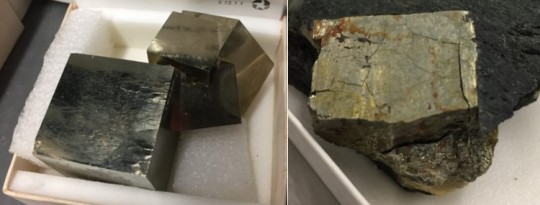
Image ID: Two images of cubic pyrite crystals. Left: Four cubic pyrite crystals growing into each other, they are a solid metallic gold color with few visible imperfections. Right: a cubic pyrite crystal in a dark matric. This piece is affected by pyrite decay, and the cubic shape is no longer perfect due to cracks in the specimen. It has orange and yellow sections that appear like water stains due to the sulfuric acid produced by pyrite oxidation. End ID.
[Image by Pyrite Disease - Canadian Museum of Nature]
Why Is It A “Disease?”
If the damage to the fossils themselves was not bad enough, consider another factor: it’s often called pyrite disease, instead of pyrite oxidation, for a reason. That reason is that pyrite disease spreads and progresses over time. Historically it was thought that this was the result of a bacterial component, and it was even recommended to treat fossils with antibacterial ointments(5). While bioleaching of pyrite is studied, bacterial theories are no longer supported. The spread of pyrite disease is due to the spreading of acid and the flaking of iron sulfates that may trigger decay on other specimens that already contain pyrite. Although this process is not contagious due to bacteria, it is still an irreversible process that causes fossils to crumble to dust and is, to an extent, a contagious process. The sulfuric acid and sulfur dioxide created in pyrite oxidation can damage the containers and fossils near the contaminated specimen.
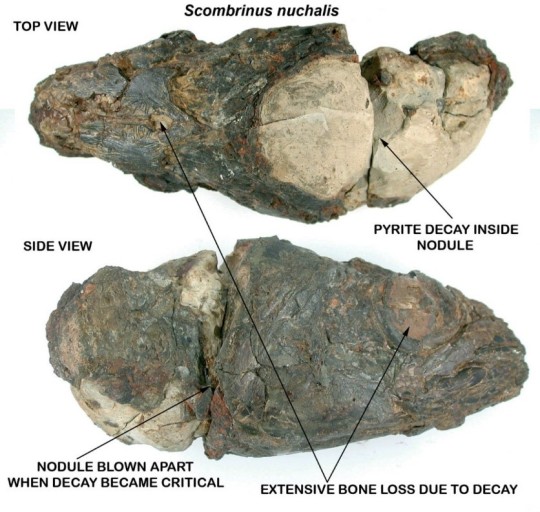
Image ID: An annotated example of a fish skull preserved in a nodule, which decayed and broke due to pyrite disease. There is a top view (top) and a side view (bottom, fish facing right). There are labels pointing to the top of the skull and to the eye socket showing cavities and red-orange rust labeled “extensive bone loss due to decay.” A white section of the nodule that is split and crumbled is labeled “pyrite decay inside nodule.” The side shows extensive decay to both the fossil and nodule, labeled “nodule blown apart when decay became critical.” End ID.
[Image by Trouble with pyrite – Deposits Mag]
One of the reasons that it is considered a disease is the progressive nature of pyrite decay, which visibly worsens over time. Another reason is the way that sulfuric acid seems to spread and contaminate even the container that the fossil is held in, leaving damage marks on the fossil and its labels. Another factor is the fact that the products of pyrite oxidation expand, appearing like mold or growths that further damage the fossil. The expansion of these oxidation products is one of the most damaging aspects of pyrite disease, as the instability in the crystal structure of the specimen causes cracking and flaking. This is because pyrite oxidation causes the conversion of iron pyrite (FeS2), an iron sulfide mineral that has a cubic crystal structure, to iron sulfate (FeSO4), which has an orthorhombic crystal structure. Not only does this cause the specimens to crack and crumble, but the cracking of the specimen causes flakes of pyrite to break off and spread. These flakes may land on other specimens, spreading the contamination of pyrite decay to other fossils that were previously stable. In many cases, museums must face difficult decisions to remove scientifically valuable specimens, or even portions of specimens, to prevent further spread of pyrite disease.

Image ID: Left: The crystal structure of iron pyrite. Right: The crystal structure of iron sulfate. End ID.
[Images by: mp-226: FeS2 (Cubic, Pa-3, 205) (materialsproject.org)]
How Can Pyrite Disease Be Managed?
Now, I’ve said that pyrite disease is unreversible. But can it be stopped from progressing once it contaminates a specimen? The simple answer is no. The more complicated answer follows:
Several factors that contribute to pyrite disease: temperature, humidity, oxygen levels, pH, exposure, crystal structure, and bacteria(3). Some factors, such as bacteria and pH, require specific conditions that are uncommon (Thiobacillus bacteria are present over 95% humidity(3) and pH is often affected by the decay process and the methods used to manage it). Other factors are closely linked (e.g., temperature and humidity).
Pyrite disease is most closely linked to humidity and high oxygen conditions. The best way to stop pyrite disease is prevention. Most museums use some form of climate control to preserve their specimens, but the issue here is that vertebrate fossils (bones) have a moderate recommended relative humidity level (~45-55%) in order to avoid cracking or warping6, while the recommended humidity level to prevent pyrite disease is 30%(7) (although below 50% is also stated by some sources(2,8)). In contrast, humidity above 60% is known to accelerate the decay, even to the point that decay begins within a few days of exposure(3, 2). This low humidity level is not always possible, especially for public display, although it is used in some invertebrate collections. Using humidity and oxygen scavengers (e.g., silica gel packets) when collecting can reduce the exposure of specimens to these factors. Using humidity and oxygen barriers when storing specimens can prevent pyrite disease(3). Contained storage of an already contaminated specimen may trap moisture with the specimen. Although, I would say it is better to have an isolated specimen that decayed than have an open specimen contaminate others.

Image ID: The unpolished appearance of a pyritized ammonite. The ammonite is held in front of a rocky area. It is a dull grey color with a matte appearance. It has lumps of rounded pyrite surrounding it. End ID.
[Image by Martin Curtis, Pyrite Decay in Fossil Collections – ZOIC PalaeoTech Limited (zoicpaleotech.com)]
Since the damage from pyrite disease is exacerbated by sulfuric acid, one of the other prevention methods used relies on acid neutralization(5), although this is less common. Currently, the use of humidity and oxygen buffers is the most common method, but some groups rely on extensive testing of specimens to determine which have unstable forms of pyrite incorporated into the fossil or matrix before acting. Another preventative method is removing salt (which may speed up the decomposition) and removing any matrix that may contain pyrite or trap moisture (e.g., clays)(5). Washing specimens to remove salts or matrix remains could damage specimens that are already unstable or could cause damaging moisture exposure (although this could be avoided by washing with alcohol).
Many studies have attempted to find effective ways to stop, reverse, or prevent pyrite decay. From acid treatments to preemptively coating specimens in resin, these tested methods were often damaging to the specimens, especially over the long term. However, were they damaging enough to be worse than pyrite disease? Not necessarily, but a combination of the damage done, the cost, the time investment, and the ineffectiveness of these treatments means that prevention is still the only reliable method for pyrite disease.
Coating specimens in resins and varnishes may provide a buffering effect, but the resin only slows oxidation, it does not stop it. This becomes an issue when the vanishes cannot be removed, and the specimen cannot be accessed for other treatment methods(2). Varnishes may delay the effects, but they have effects of their own, are usually not moisture-proof, and may yellow and crack over time. Coating with resin or embedding the fossil in resin creates the risk of an explosion as the oxidative reaction builds heat and pressure. Some museums coat their fossils in plastic glues (such as Paraloid B-67 or B-72), these glues are reversible, and B-67 is hydrophobic, unlike most resins.
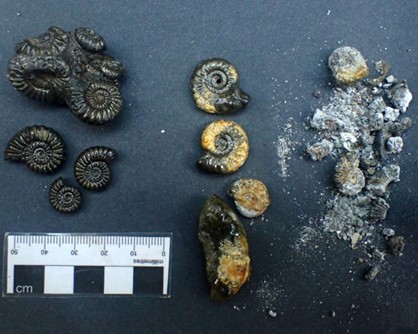
Image ID: Examples of varnished ammonite specimens, showing progressive stages of pyrite disease as the varnish aged and cracked. Left: Complete pyritized specimens with no signs of decay and a glossy finish from the varnish. Center: Pryitized specimens with patches of yellow-orange decay in sections where the varnish cracked. Right: specimens reduced to dark grey and white dust. End ID.
[Image by Chris Andrew, Pyrite Decay in Fossil Collections – ZOIC PalaeoTech Limited (zoicpaleotech.com)]
There are two “cures” to pyrite decay. However, these do not cure pyrite decay in the sense that they reverse it. Instead, these are methods to neutralize the products of pyrite disease to prevent further harm to the specimens. These two methods involve the use of ammonium gas or ethanolamine thioglycolate to remove pyrite byproducts (ammonia converts the iron sulfate to iron oxide(8)) and neutralize any generated sulfuric acid(2). Both methods are intensive, potentially hazardous, and relatively expensive. As a ‘cure,’ they are effective at temporarily halting the progression of pyrite disease, but not preventing it or reversing it. These treatments have been proven to be ineffective at preventing pyrite decay without the use of controlled microclimate (oxygen and humidity exposure)(3).
References:
1 Replacement/Recrystallization (petrifiedwoodmuseum.org)
2 Pyrite Decay in Fossil Collections – ZOIC PalaeoTech Limited (zoicpaleotech.com)
3Minerals | Free Full-Text | Pyrite Decay of Large Fossils: The Case Study of the Hall of Palms in Padova, Italy (mdpi.com)
4Pyrite Disease - Canadian Museum of Nature
5Pyrite disease (palaeo-electronica.org)
6Shells Eggs Bone and Related Materials 160229 (welshmuseumsfederation.org)
7PowerPoint Presentation (vertpaleo.org)
8Trouble with pyrite – Deposits Mag
#vpoc writes#rockposting#vpoc yells#pyrite disease#pyrite oxidation#vpoc has cool rocks#other cool rocks#long post#paleontology#geology
61 notes
·
View notes
Text
Alright everyone, come here for a second

Now have a good rest of your day <3 <3
115 notes
·
View notes
Text
Hey I can do this too!
First c!dream art and a more recent one! I'd consider these both sketchy/unfinished now which is WILD to me.

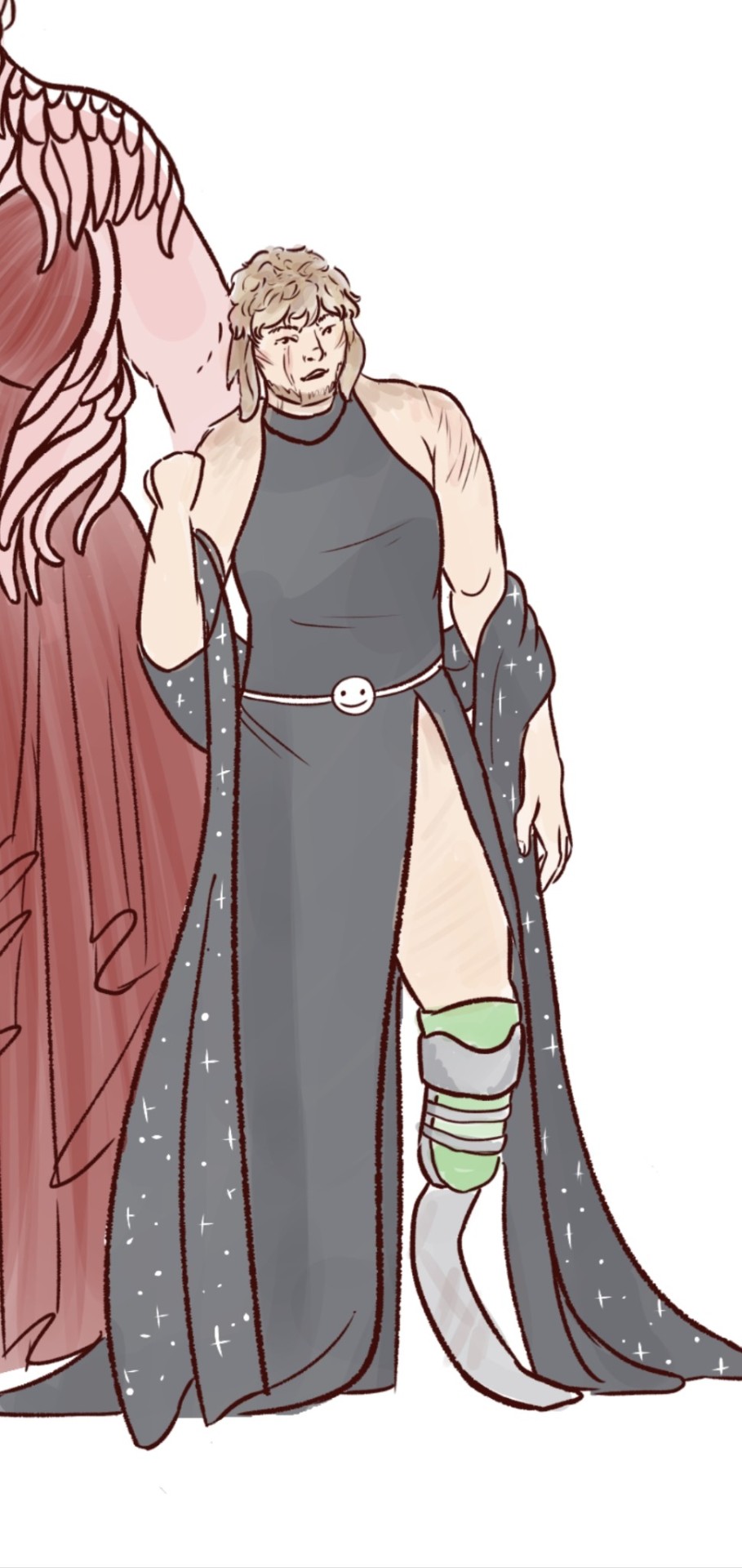
+ a middling-time complete work with dream and the oldest art I could find below the cut!

and this dude! not dream but i think maybe the 4th time I did digital art?
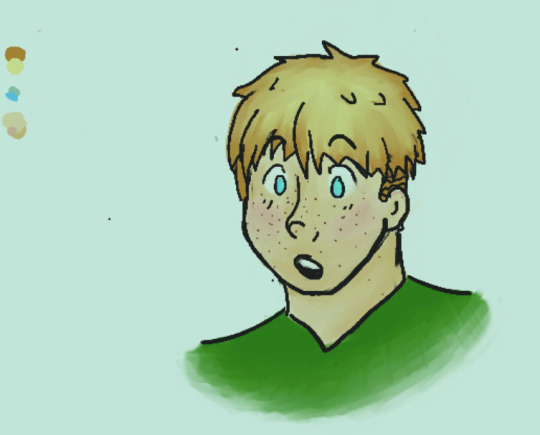
28 notes
·
View notes
Text
Behold, ye bloggers, and despair
(Bugs being held. For fun)


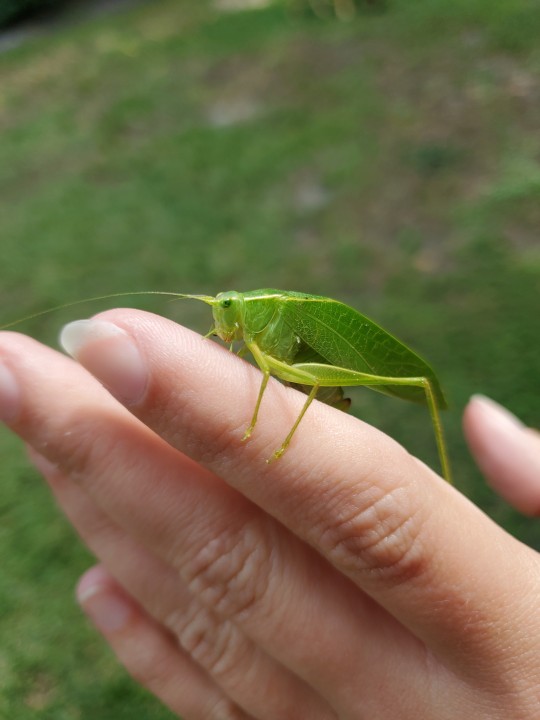
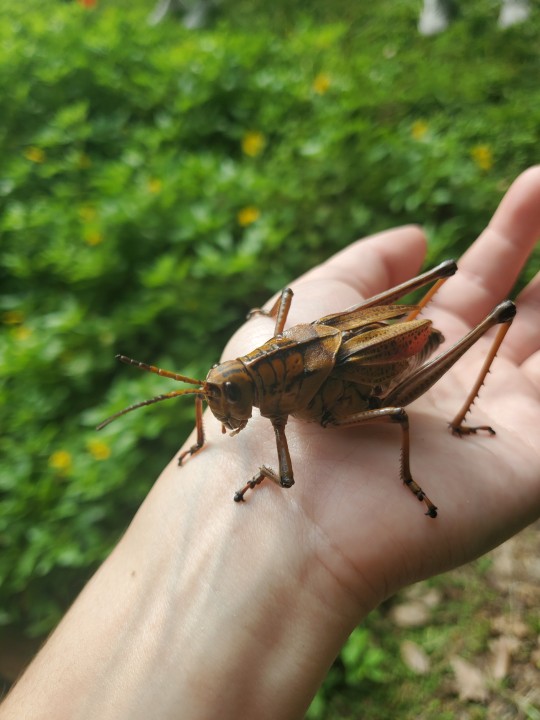


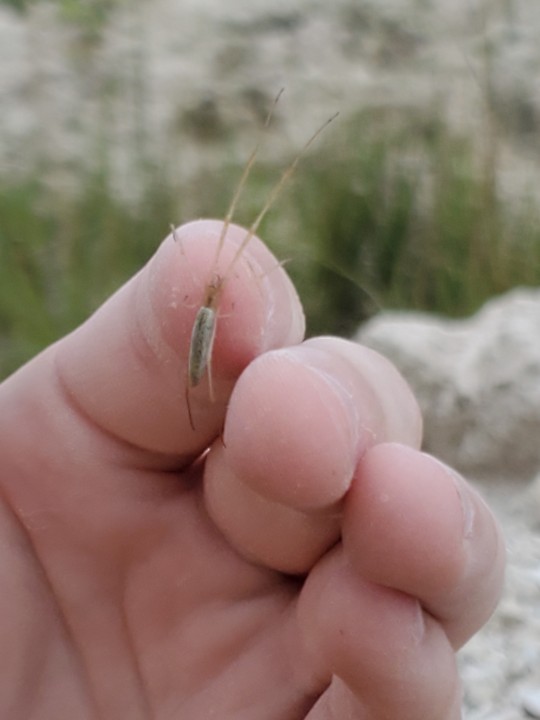
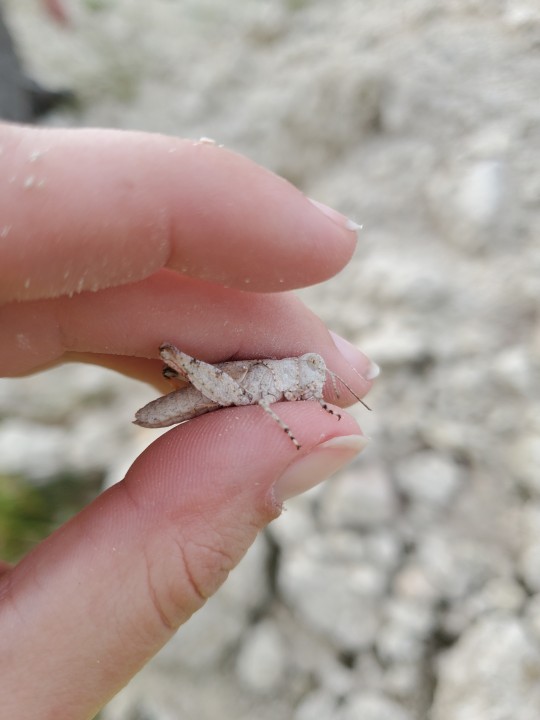

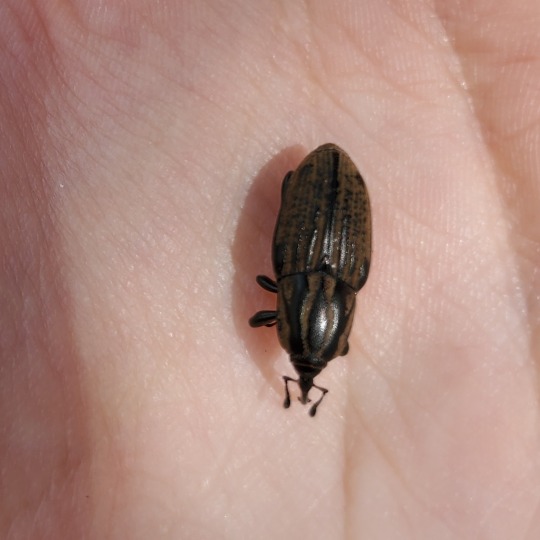
#vpoc yells#bugs#vpoc pics#maybe I'll make a post of me holding bugs i shouldn't have lmao. like all the spiders or smth
20 notes
·
View notes
Text
Let’s talk Technoblade and flower symbolism!
(please note that these are the reasons that I use these specific flowers in my art for Technoblade, usually in reference to DSMP techno, so not all of the reasons are serious or symbolism-related :D)
(Part two here)
Dandelions
Not only do the common meanings of dandelions perfectly match Techno (faithfulness, hope, growth, and healing) but societal impressions of dandelions, to me, are a perfect reflection of Techno’s character and of his arc in the DSMP. I won't go much into faithfulness and healing, but I hope that those are evident from his friendship with Philza and the healing of each member of the Syndicate.
Loyal talks about Techno collecting dandelions (Here!), discussing both the symbolism of Techno growing in an adverse environment and collecting hard-to-kill flowers and the fact that Techno uses the dandelions for stew and for his bees.
I think Techno’s use of suspicious stew is often overlooked. A suspicious stew made with dandelions increases saturation. He didn’t choose to create regeneration effects using an oxeye daisy. Technoblade, who focuses on xenia, guest friendship, the laws of hospitality, and the policy of providing food and shelter to guests; Technoblade, who chose his retirement to avoid the conflict and violence of his past and was still hunted anyways, chooses saturation. The choice to rely on dandelions was intentional. It was a declaration, perhaps just to himself, that he was retired, that he would not need regeneration, that all he would need is to be able to provide the hospitality of a filling meal and to protect himself and his friends from hunger.
Now, let's talk about society and dandelions. Dandelions are considered by many to be a weed, an unkillable plant that spreads it's roots even after they try again and again to get rid of it. Sound familiar, anyone? But, like many "weeds," the reason that dandelions are seen as undesirable has roots in colonilization, where plants that were food sources to native and impoverished peoples were derided by colonizers and the upper class. The societal perception of these flowers is rooted in their usefulness to those that the figures in power wanted to eliminate.
Other than that connection to Technoblade's anti-government perspective, why am I connecting this to our favorite anarchist pig? Consider Technoblade's role throughout the dsmp, specifically the pogtopia arc. Technoblade provides armor, food, tools and materials. Then there is a shift in power and his 'usefulness' is up, as those in power no longer align with his goals and instead try to eliminate him. This shift in being recognized for usefulness to being forceably removed is due to a shift from the group in power, despite being the same as before.
I don't want to limit this analogy to usefulness, although the tendency of Techno to provide food and hospitality does lend itself to that. No, the main reasons that I connect Technoblade to dandelions is their resilience, their potential for growth, and the hope they represent.
Technoblade retires. Technoblade is executed. Even before this, it is evident that Technoblade needs healing. He has the air of a war veteran, is referenced to as the blade, is used, betrayed, and fights for his life. He says that there is no safety except isolation. And yet, he retires and throughout it all there is his friendship with Philza, his cabin in the arctic, his suspicious stew; pieces of evidence that he never gave up hope that he could heal without violence. Pieces of that undying determination that both he and dandelions are known for. Dandelions can grow on rocks, on hard packed soil, in drought conditions, but they prefer rich soil like any other plant. Technoblade grows his hope in hard conditions, fights to keep that hope, and finds a place where it can grow. He finds a place where he can grow, and learns along the way that maybe faithfulness is not a weakness, and maybe you can live and grow with others.
#there will be a part 2! I'm still working on it!#here it is here's the technoblade and dandelions post!#vpoc yells#technoblade#c!technoblade#I'm sure i missed something but oh well#long post#vpoc writes
76 notes
·
View notes
Text
You know what, Tumblr year in review? I'm making my own. My favorite Techno art from this year:



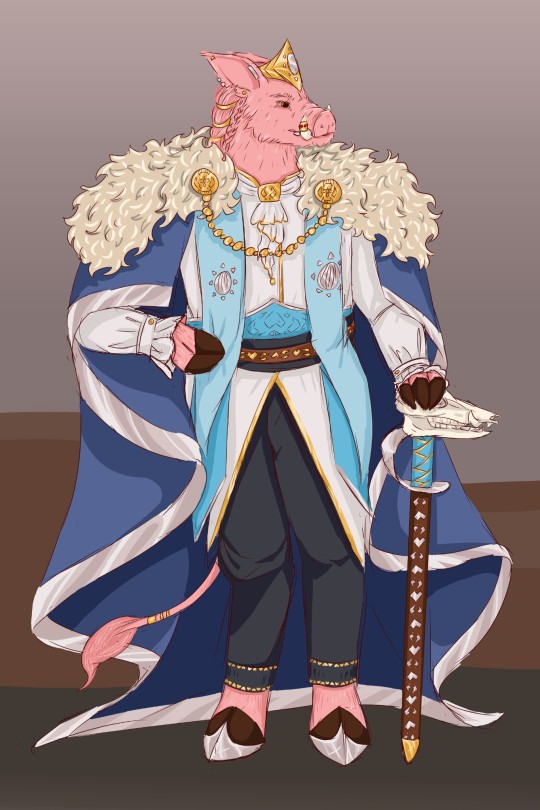
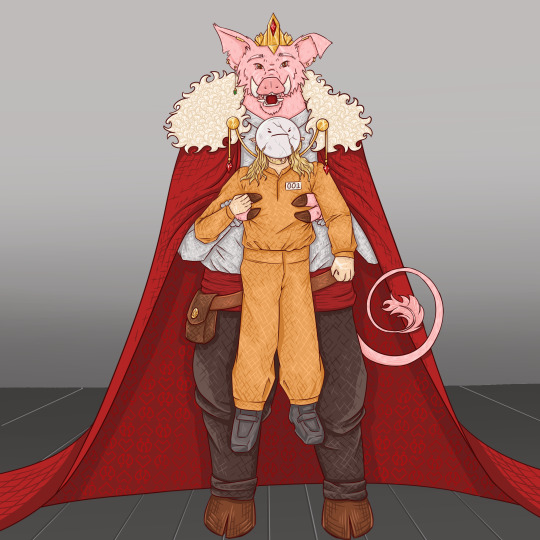
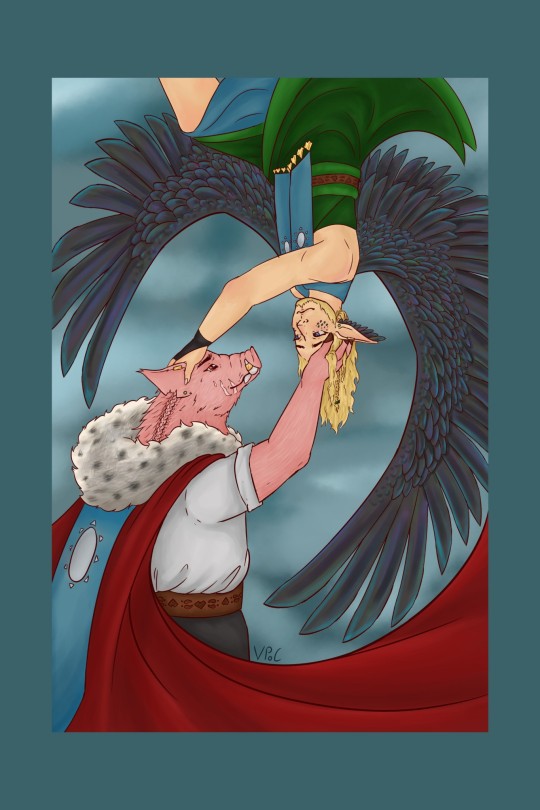
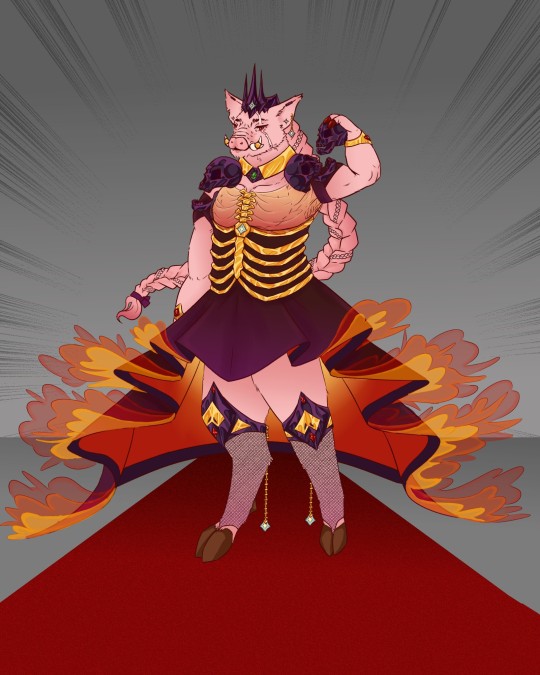


90 notes
·
View notes
Text
Emduo as pictures I've taken but it makes less sense as it goes on 👍

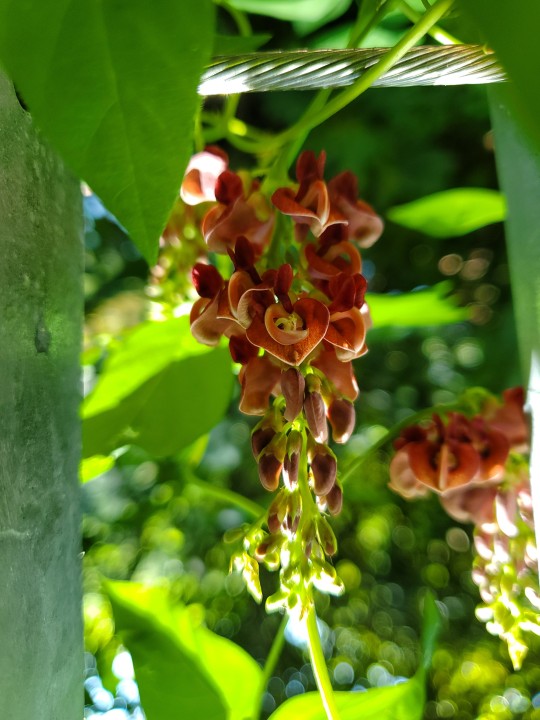



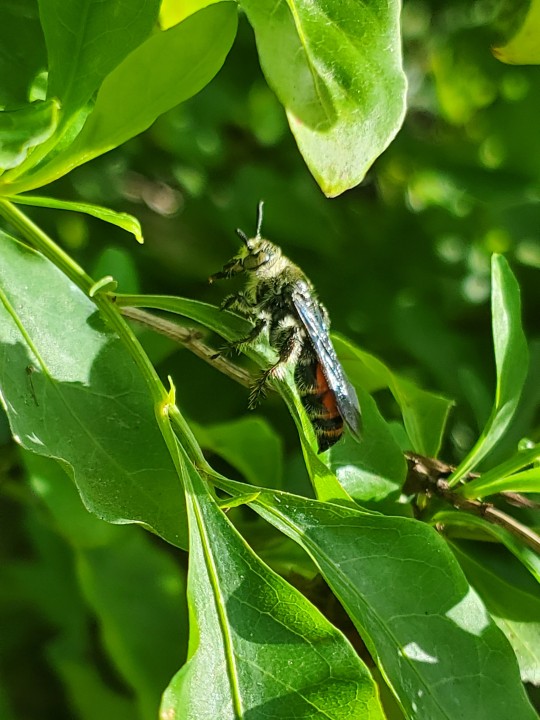
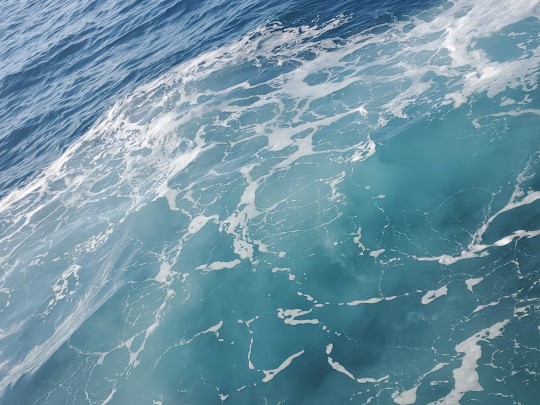



11 notes
·
View notes